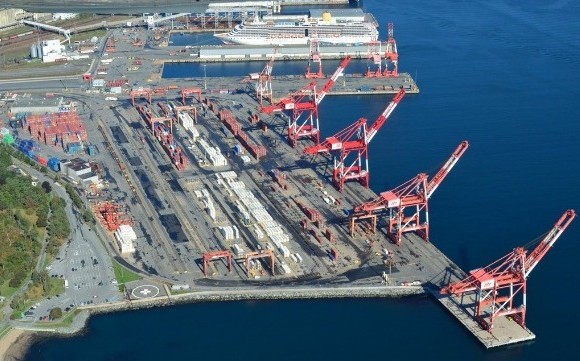The Halifax Port Authority (HPA) is preparing to begin infilling the basin between Piers A-1 and B at Ocean Terminals located in the Port of Halifax. This project is expected to start in May 2022.

To properly prepare for these projects, Pier A-1 including Shed 33 and Shed 34 as well as the pier rail sidings will no longer be available for access to general cargo operations beginning in May 2022. We are working with common port users to provide them with available options so they can transition to other available areas within the Port of Halifax and minimize the impact on their business. There is alternate terminal and shed space available at Ocean Terminals and Richmond Terminals. We recognize this is inconvenient and we appreciate the patience and understanding of those who are affected.
The infilling is expected to take approximately three years to complete, although the timeframe will depend largely on local development and the volume of pyritic slate being generated by downtown construction projects. During that time, an estimated 500,000 cubic meters of infill material will be used, plus finishing material, to create an additional 3.2 hectares (approximately 8 acres) of yard space.
This project will occur within the existing footprint of industrial cargo operations. A Fisheries Act Authorization was granted in 2018 by Fisheries and Oceans Canada and habitat offsetting will be implemented. 260 artificial reefs, also known as reef balls, will be installed as a method of marine environmental remediation.
The completed project will improve overall efficiency and safety, which will lead to more environmentally sustainable operations overall.









